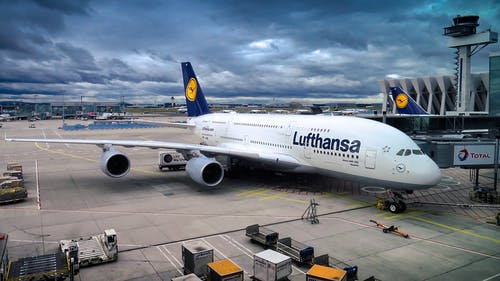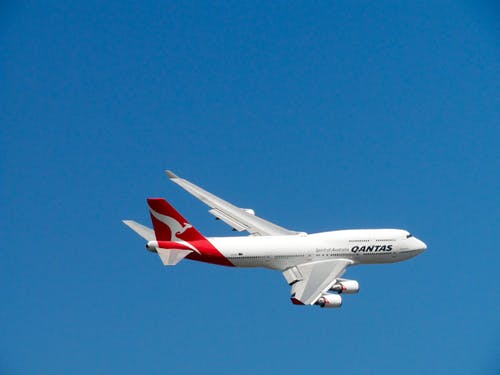Airlines and other aircraft used for business purposes are covered by aviation liability and hull insurance for the companies that use them. Aerial vehicles are not covered under standard liability insurance.
What is hull and aircraft liability insurance, and how does it work?
Many companies use aircraft, jets, or helicopters for commercial purposes. Here are some examples: For some, they are only used on rare occasions, such as when working on a specific project or attending a work-related social gathering. Others, such as crop-dusting businesses and aerial mapping companies, use planes daily.

When it comes to flying, businesses that own and operate airplanes confront a unique set of risks. The consequences of an accident might include serious injuries or even death, in addition to damage or destruction to the aircraft and/or other property. As a result, having adequate commercial aircraft insurance coverage is essential.
Businesses that rely on planes for transportation should not rely solely on their commercial general liability (CGL) insurance to provide protection. The basic insurance policy contains a broad aviation exclusion, which implies that most claims involving airplanes are not covered.
Businesses may consider purchasing airplane insurance to protect their assets. There are several forms of coverage available, including aircraft liability insurance, hangar keeper’s insurance, and hull insurance, which protects the aircraft from physical damage during transport. Both items are available in a variety of configurations and can be purchased together or separately.
So, what exactly is aircraft liability and hull insurance, and how does it function in practice?
Claimants suing an aircraft owner or operator for third-party physical injury or property damage are covered by aircraft policies issued by insurance companies.
Coverage for Liability in the Event of an Aircraft Accident
The plans provide three categories of liability coverage: general liability, products liability, and professional liability. Physical injuries or deaths of third parties that are not the result of passenger negligence, physical injuries or deaths of passengers, and deterioration of third-party property
Each type of coverage has its own occurrence limit, and each type of coverage can be purchased separately from the others. Alternatively, all three might be covered by a single agreement with a single aggregate limit per occurrence, referred to as a “smooth limit,” which would apply to all three events.

Liability Exclusions and Limitations
Some risks may not be covered by aviation liability insurance, depending on the policy. The following are examples of common exclusions: injuries that are expected or planned, employee bodily injury, workers’ compensation liability, contractual liability, injury, or damage caused by the application of fertilizer or other substances, injury or damage caused by pollution, noise, or electrical or electromagnetic interference, and injury or damage caused by any other cause.
Aviation liability insurance normally provides coverage for human injuries to passengers and third parties, as well as property damage to third parties. The physical damage to the plane is covered by aviation hull insurance, which protects the pilot and passengers. You have the option of purchasing these coverages individually or as a package.